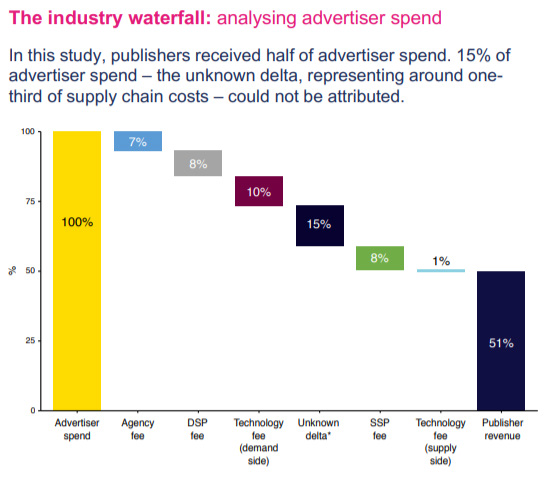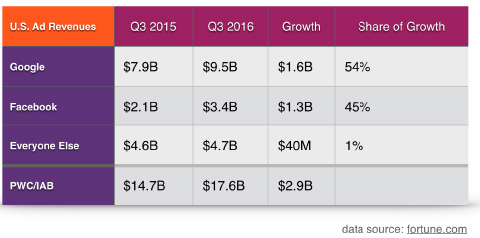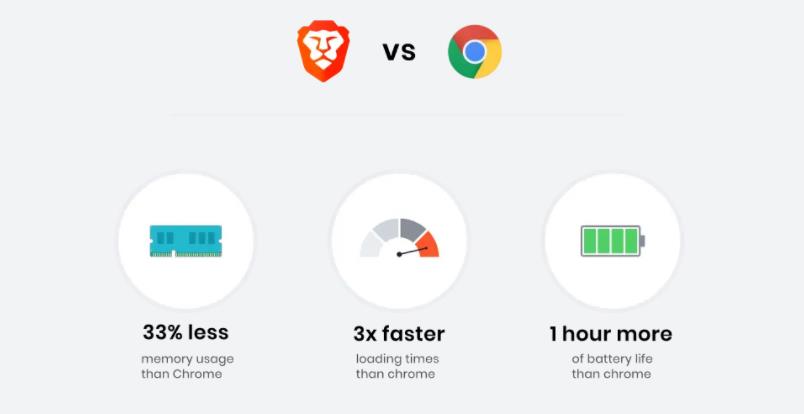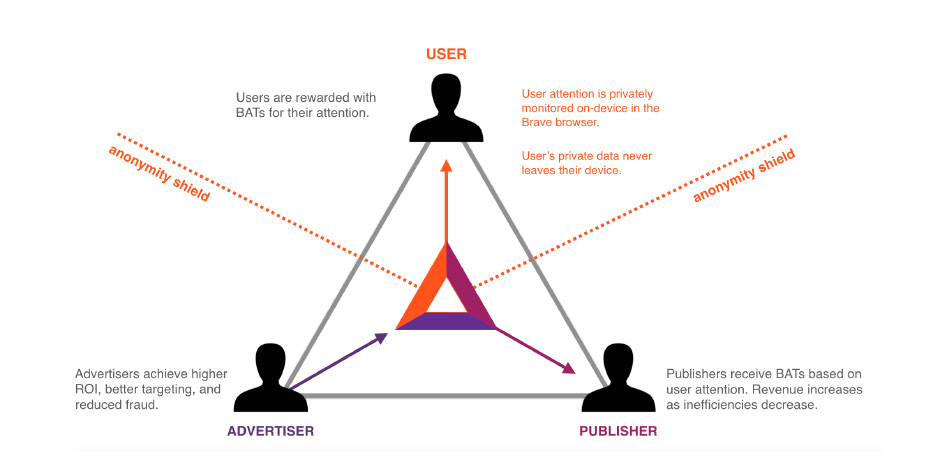Brave Browser Review
Research summary:
This research report is focused on “Brave” which operates in the internet browser & digital ads industry. BAT or basic attention token is the ERC-20 native token to Brave browser. We will focus on how the project works, what problems it solves, and review its pros and cons.
The CMP is $0.55 as of 2nd July 2021.
What is Brave?
Brave is an internet browser that provides speed and privacy for its users when compared to other browsers and improves the efficiency of the existing digital advertising industry.
It is operational and has 33.8 million monthly active users and 11.7 million daily active users. This makes Brave an extremely popular application in the cryptocurrency space.
It is currently ranked at #74 (based on Mcap) in the cryptocurrency market. There is a maximum supply of 1.5 billion BAT tokens out of which almost 100% is in circulation. BAT is currently listed on Binance, Coinbase, and Huobi Global.
What problems is it solving?
Advertisement technology’s objective was to create an efficient marketplace for attention. The internet flourished and was expected to become the medium to provide the above-mentioned efficient marketplace for attention. It was hypothesized that along with the internet’s capabilities to identify and deliver the right message instantly, attention would be valued.
This did not happen, instead, the industry became littered with middlemen and complications.

This caused problems for three main participants.
• Users: The type of people who are consuming the ads like you and I.
• Publishers: These are platforms where the ads are displayed. This could be websites, YouTube channels, and more.
• Advertisers: The type of people who make the ad and decide who they want to show it to, for instance, service providers.
Problem Advertisers face
A study was conducted on Ad-Tech by Incorporated Society of British Advertisers (ISBA), the Association of Online Publishers (AOP), and PwC. This led to the shocking conclusion that only 51% of the amount spent by advertisers goes into the hands of the publisher while the remaining goes to intermediaries. A concerning 15% of the money was spent on non-traceable intermediaries.

Advertisers also face another problem namely fraud. Often hackers create a website with content copied from other legitimate websites and with the help of bots which are essentially remote-controlled compromised personal computers and cloud infrastructures, siphon billions of dollars from advertisers. So, a non-suspecting advertiser would pay money for essentially having his ads displayed for a computer program.
Approximately $34 billion were stolen from advertisers this year and is expected to go up to $87 billion by 2022. (Source – Ad Fraud Statistics – 2021)
Click farms are another variant of advertisement fraud. A click farm essentially is a group of people who keep clicking on ads and also create fake traffic (people) for a website. So, ads are not reaching the target audience but rather reaching a click farm employees earning dollars on the click.

Problem Users Face
A target group for an advertisement could benefit from receiving the ad, however the ads often don’t reach the end audience.
If a publisher’s only source of revenue is advertisement, then there is a likelihood that he will bombard its users with ads making the user experience worse and can also potentially create strong negative emotions towards the advertiser.
Another problem that you might not be aware of is that most ads are distributed via an advertisement network that changes the ad every time you reload the page.

For these ads to load, it requires bandwidth (it costs approximately $23 per month to load these ads) and often eats the battery life of a mobile device. A study by the New York Times found the data used by advertising resulted in significant download times and costs across 50 top publishing sites. On one extreme, www.boston.com which took 30.8 seconds for advertising and 8.2 seconds for editorial.
You also tend to sacrifice some elements of your privacy when you visit a website or an app. As there are trackers that gather and store your browsing data for better advertisement and cross-selling for products. The data points include what you are searching for, what kind of websites do you visit, when are you active.
For example, let’s say that I am a consumer of alcohol and my browsing history indicates this information. Based on these trackers I will potentially start receiving a range of advertisements from rehabilitation institutes to offers from nearby bars.
Just as advertisers have frauds, users have malvertisements. Malvertisements are fake ads that trick users into clicking on them and then downloading malicious code, including ransomware. They can also entice users to visit fake domains used to steal financial information.

Problem Publisher faces.
Publishers are burdened with several costs and face many intermediaries after the ad has delivered. Publishers face direct costs of user complaints when malvertising spreads from exchanges to loyal readers, often with little or no idea of origin and with no help from the ad exchanges (the middlemen who take the ads from the advertisers and ad banners from websites and connects them) responsible for allowing such ads to serve from their systems.
With the users losing their privacy, money, and the ever-increasing malvertisements, they are opting in for ad blockers instead. Based on Pagefair’s report approximately 763 million devices have adblockers installed. To make sure that the publisher does not lose the potential revenue, they block the user from the website and only allow him in when he stops the ad blocker.
With these problems, the publishers are losing more and more ad revenues. To make matters worse Google and Facebook have started to dominate market share of the ad revenues.

What does Brave do?
The brave browser blocks trackers and ads on websites that you browse, increasing the speed of your browsing and saving your battery life, making the user experience far better.

Should a user wish to receive advertisements, he simply enables it. The user’s data is locally tracked and stored within his device and no one can access it. Brave’s machine learning algorithm then accordingly matches the ads based on the user’s interest. The user on the other hand gets paid for his attention.

Advertisers pay BAT to publishers to have their ads viewed by users. They interact directly and eliminate a lot of middlemen, potential fraud, inefficiencies and simultaneously increase the advertiser’s ROI.
It is a WIN WIN WIN situation.
What is the utility of the coin?
BAT (Basic attention token) is the native token for the brave browser. It is used primarily for 3 purposes.
• Given out as a reward to users who gave their attention to an ad
• Used by advertisers to pay publishers
• Also serves as market feedback for content creators/ publishers
Competition analysis.
Brave browser has 11 million daily users which may seem like a big number in the cryptocurrency space, but Google Chrome, it’s competitor, has 2.65 billion users with the highest market share (63%).

Brave has 1 competitor in the cryptocurrency space namely Adshares. Adshares is a much smaller project with an Mcap of $6 million in comparison to Brave which has an Mcap of $888 million.
Team, Media, and community strength.
The founder of Brave is Brendan Eich. Prior to Brave Brendan founder JavaScript and co-founded Firefox with extensive experience in creating disruptive technologies.
They have a team size of 100+
Their community strength is excellent, with over 200,000 Twitter followers & 17,000 telegram followers. They also have a healthy media presence.
Conclusion
Pros:
1) Brave browser has 30 million active monthly users and 1 million content creators. They have launched over 2000 campaigns and there is a 90% campaign renewal rate. This level of adoption is extraordinary considering the browser was launched only in 2019.
2) It solves user privacy and advertising spends related issues which could potentially save billions of dollars.
3) Compared to its peers’ Brave browser is faster, secured, and gives monetary value to the users attention.
Cons:
1) People who aren’t bothered by ads and don’t mind their data being recorded will find changing browsers a hard sell.
2) Dominating competition against tech giants such as Google and Safari.
MintingM rating for Brave is 3.9/5
| Criteria | Score |
|---|---|
| Industry | 4.37 |
| Opportuniy Size | 5.00 |
| Competitive advantage | 3.09 |
| Tokenomics | 3.12 |
| Team | 3.75 |
| Overall Score | 3.9 |
Get deeper insights into the crypto market’s weekly trends discussed on our Spotify podcast.
Start your Crypto Investments with XMINT Bots today
